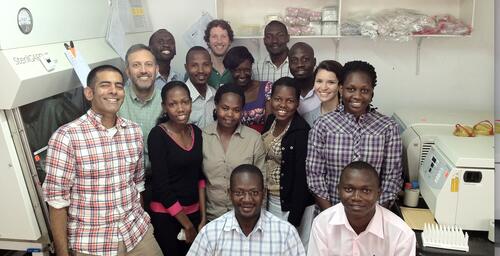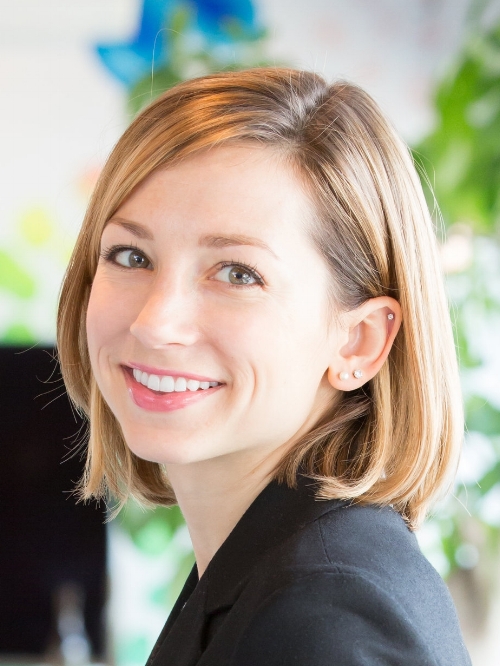Luca Scholz
I work on the history of early modern Europe, combining social, legal and intellectual history with spatial and digital methods. My research explores how old-regime societies negotiated freedom of movement and its restriction, how they justified and denounced phenomena like serfdom, and to what extent the spatial make-up of their world differed from ours.
My first book, Porous Order, retraces the history of the modern state’s grasp over flows of goods and people, particularly during the early modern period. After having dug through more than twenty archives between the Alps and the North Sea, I am able to show how travelers, jurists and officials negotiated passage and obstruction on the roads and rivers of the Old Reich, one of the pre-modern world’s most fragmented regions. I do this with particular reference to safe-conduct, that is, the quasi-sovereign right to escort travelers and to levy duties on passing goods and people. My book challenges conventional conceptions of pre-modern statehood, and offers a new account of how early modern polities claimed and disputed rights of passage.
My second project explores the history of the atmosphere in early modernity. With the rise of global history, historians have continuously expanded the spatial scope of their studies in a horizontal movement. In recent decades, however, a growing body of literature has begun to discuss the human exploration of the atmosphere and outer space in a distinctly vertical dynamic. A widespread assumption in this literature is that the history of airspace begins with the history of aviation. My project combines archival research, text mining, and GIS to show to that the human engagement with airspace has a longer history.
I use geospatial and distant reading approaches to explore phenomena that escape the grasp of conventional scholarship. I have completed statistical, GIS, and computational training at Heidelberg, Columbia, and Stanford. Within Stanford’s Spatial History Project, I lead a digital mapping project that uses GIS and other digital tools to create new maps of old-regime Europe. I also participate in a collaborative digital history project on mobility in the early modern world. My digital research uses advanced computing to gain a more adequate understanding of pre-modern political geography, to retrace the ways in which goods and people travelled through the physical landscape, and to uncover broad spatial and temporal trends in intellectual history. I am excited about how digital tools facilitate, complement and transform scholarship in the humanities.
I have designed and taught numerous lecture and seminar classes for undergraduate, graduate, and doctoral students at Stanford, Berlin, and Florence, on different aspects of of early modern history, on spatial history and on the digital humanities. I also acted as co-director of Stanford’s Digital Humanities Graduate Fellowship Program.
I am a Mellon Postdoctoral Fellow and a lecturer at Stanford University. I earned a PhD in History from the European University Institute, a MA in History from the École des hautes études en sciences sociales and University of Heidelberg, as well as a BA in Economics from that same university. Before moving to California, I taught at the Free University of Berlin. I have also been a visiting scholar at the University of Saint Andrews and at Columbia University.


